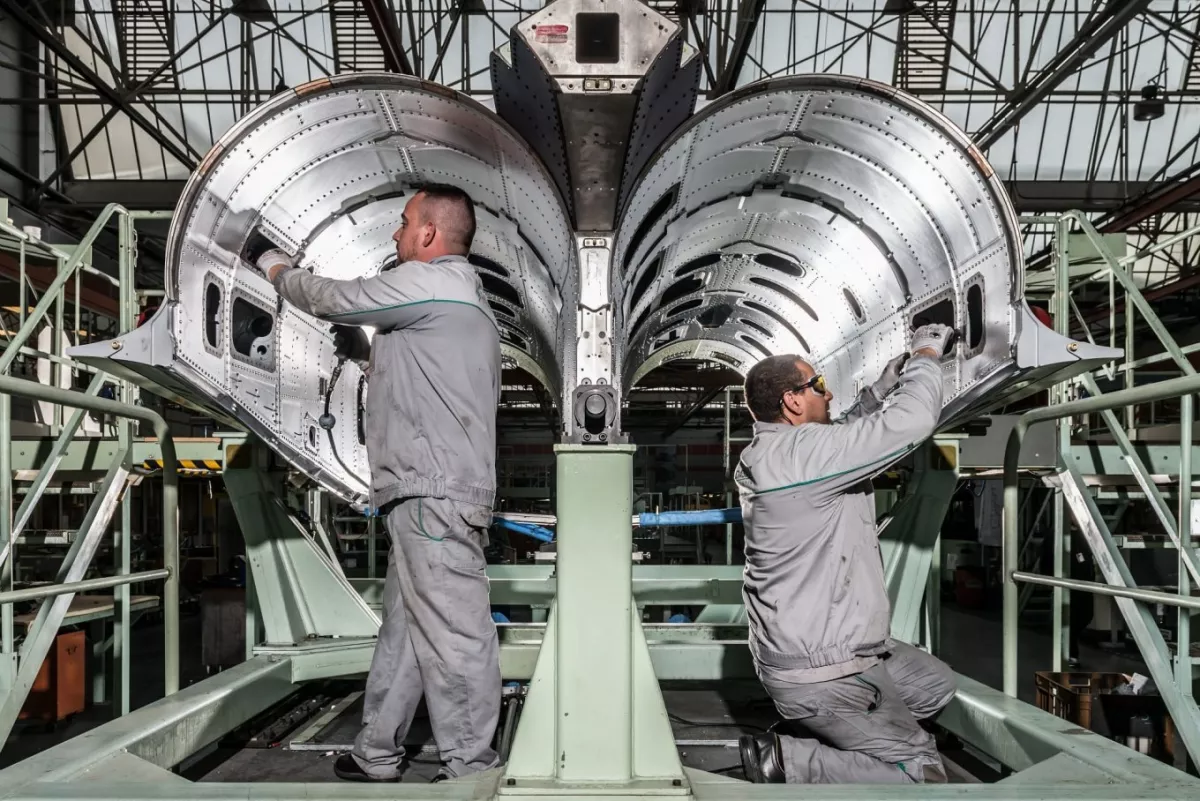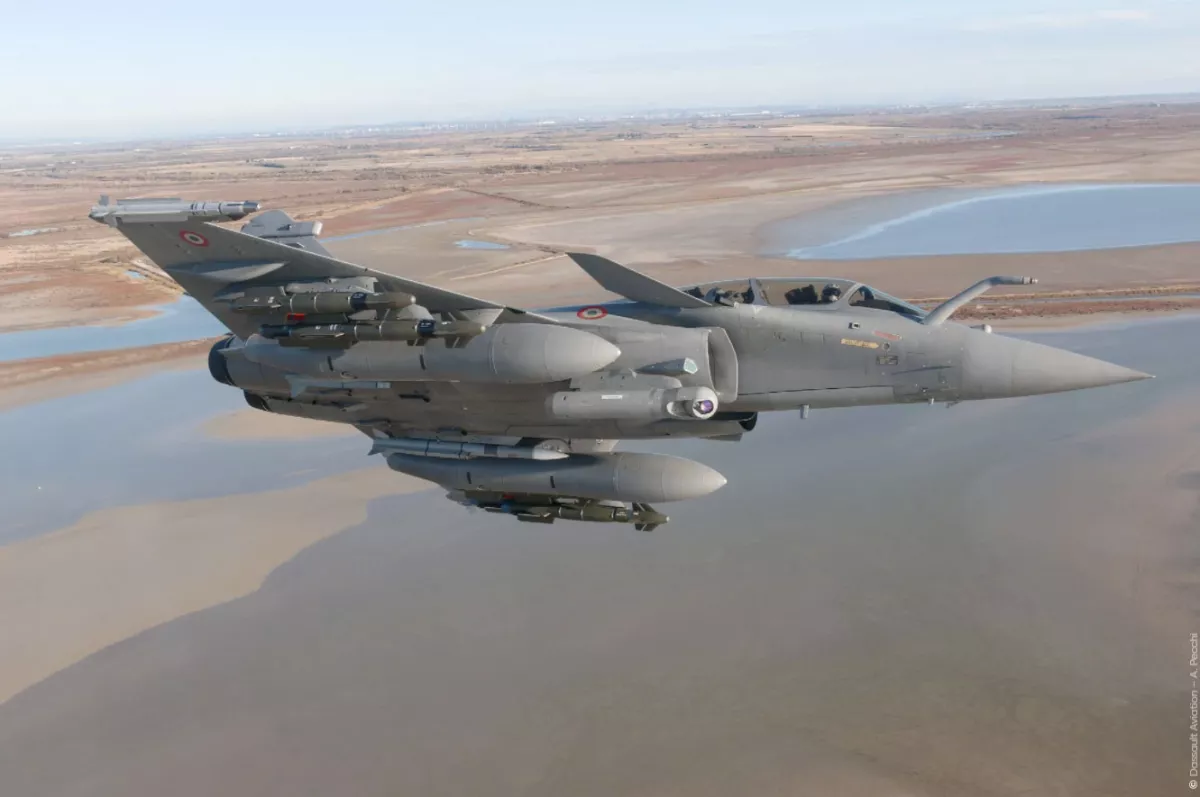Ukraine's Rafale ambitions: What’s at stake?
As Ukraine seeks to strengthen its air force capabilities, the acquisition of French Rafale fighters presents both opportunities and challenges. While the plan for 100 Rafales, valued in the tens of billions of euros, includes the possibility of technology transfer and local production in Ukraine, the actual scope of this agreement remains uncertain. As revealed in an official statement, any decision on local production is still in the preliminary phase and will depend on the outcome of a formal contract.
At present, TWZ notes, only one instance of France agreeing to transfer Rafale-related technologies abroad has been documented. In the summer of 2025, Dassault Aviation, the maker of the Rafale, struck an agreement with India's Tata Advanced Systems to manufacture certain Rafale components in India.
This deal was made possible by India’s status as a significant customer of the fighter jet. India placed its first Rafale order in 2016—36 aircraft valued at €7.87 billion—which were delivered by 2022. This year, India also ordered 26 carrier-based Rafale-M fighters for €6.6 billion.
Under the terms of the deal, India will establish a new production facility to manufacture sections of the Rafale fuselage, including the entire rear, center, and forward fuselage segments, as well as lateral structures of the rear fuselage. Notably, the wings, horizontal stabilisers, and vertical stabilisers will remain off-limits for local production. Production in India is set to begin in 2028, with the goal of producing two fuselage sets per month.

This move aligns with India's broader defence initiatives, such as the “Make in India” and “Atmanirbhar Bharat” programs, which emphasise local defence production. As part of this industrial collaboration, Dassault also established Dassault Aviation MRO India in 2024 to handle maintenance for both Mirage 2000 and Rafale fighters in India.
Additionally, the French company partnered with Reliance Group in 2017 to create Dassault Reliance Aerospace Ltd., which has been producing components for Falcon business jets since 2018. This joint venture was recently expanded to include Falcon assembly.
Despite these ongoing partnerships, the question of technology transfer has been a source of contention. Indian officials have publicly expressed frustration that France has not allowed the integration of Indian weapons on Rafale jets, prompting New Delhi to explore potential technical workarounds. Still, the deal between Dassault and Tata marks the first agreement of its kind, and its success may serve as a model for future production collaborations—potentially including Ukraine.
While other countries, such as Qatar, the UAE, Egypt, Greece, Croatia, Serbia, and Indonesia, have purchased Rafales, none of them have received localised production. For Ukraine, the prospect of Rafale manufacturing on its soil hinges on both its future relationship with France and the scale of its future orders. Dassault is already grappling with the increasing demand for the Rafale. As of October 2025, the company’s order book for the jet stands at 233 units, with expected additional orders from Indonesia, India, and potentially Ukraine adding another 230 units.

The scale of these orders necessitates a significant expansion of Dassault’s production capacity. In fact, Dassault is already in the process of ramping up production in France. The company aims to increase output to 36 Rafales per year, and to support this goal, new industrial facilities have been opened for the first time since the 1970s. In Cergy, north of Paris, a new plant for assembling fuselage sections and manufacturing Rafale components became operational in September 2025.
Despite these efforts, Ukraine’s eventual acquisition of 100 Rafales by 2035 is likely to require some form of localised production. As noted by TWZ, this expansion of Rafale production will be essential for Dassault to meet both domestic and international demand. While the possibility of technology transfer to Ukraine remains theoretical at this stage, the prospect of a joint manufacturing venture, particularly given the example of India, cannot be ruled out.
For now, the focus remains on the initial contractual details. Ukraine’s air force is eager to expand its fleet of modern fighters, and the Rafale represents a key piece of that strategy. However, the timeline, the specifics of the technology transfer, and the potential for local assembly remain unresolved.
As TWZ points out, “any real 'possibility' and its scope will become clear only after a firm contract is signed, since everything remains declarative at this stage.” The coming months may bring greater clarity, but for now, the future of Rafale production in Ukraine remains uncertain.
By Sabina Mammadli








